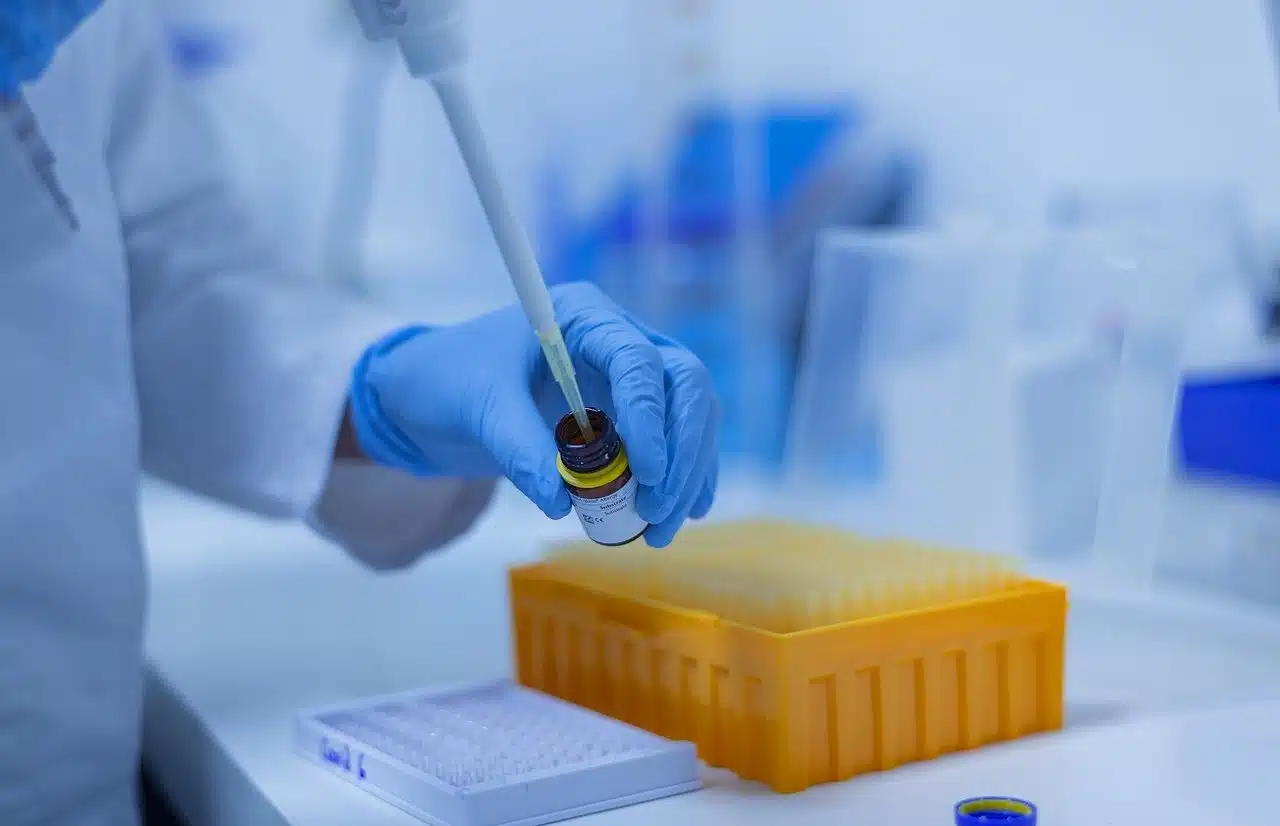
The pipette is part of the laboratory materials.
A pipette is a container used in laboratories to carry a liquid from one place to another. It is a tube that generally has a widening in the middle and has some type of plug at the top so that the liquid in question does not spill.
Pipettes have rulers or scales that help you know exactly how much liquid they hold inside. Its surface is transparent, so that the liquid and the aforementioned scale can be easily observed.
These instruments help transfer a liquid from one container to another, something very important when carrying out chemical experiments . The tip of the pipette must be inserted into the glass from which you want to obtain the liquid and activate the mechanism that causes the pipette to suck the contents. When collecting the desired amount, it is necessary to plug the suction mechanism and move the pipette, with the liquid inside, to its destination, to proceed with the discharge.
Pasteur pipette
A type of dropper that is usually made up of a glass tube with a cone-shaped edge is known as a Pasteur pipette . It was created by Louis Pasteur , the French chemist also responsible for the development of pasteurization, and is used to transfer small amounts of liquid, in cases where it is not necessary to precisely control the volume of liquid being transferred.
A notable difference with the aforementioned pipettes is that Pasteur 's pipette does not indicate the volume of the liquid it contains. Regarding its operation, it has an opening at one end to allow the passage of substances and a balloon at the other, which must be pressed to expel the air that is inside the pipette, so that when Release it and immerse the utensil in a liquid that can enter through the opening .

With a pipette you can transfer or apply a liquid.
Application of veterinary products
Pipettes, on the other hand, are a very popular instrument for applying certain veterinary products to dogs and cats . In this sense, pipettes are used so that an insecticide acts on the skin of pets , protecting it from the action of external parasites such as ticks and fleas .
Thanks to their rapid action and ease of application, pipettes have become one of the most popular methods to combat these parasites and to care for the health of domestic animals.
The flea pipette is usually placed in the area of the animal known as the withers, which is equivalent to the highest point of the shoulder blades (or scapulae), just where the neck ends. For its action to be effective and long-lasting, it is recommended to separate the hairs with one hand and apply the product with the other, making direct contact with the skin.
It is important not to have bathed the animal in the last two days before applying the pipette and not to do so during the time that you intend to use it, since absorption takes place thanks to the oil in its skin. The product spreads throughout the body and offers generally greater effectiveness than alternative antiparasitics.
Generally, the flea pipette guarantees protection for one month, although its effectiveness varies depending on the brand and the animal's lifestyle; Dogs that are lucky enough to live in rural areas are more likely to attract fleas and ticks than those that must endure the gray routine of the city, which is why the same pipette can have different results.
